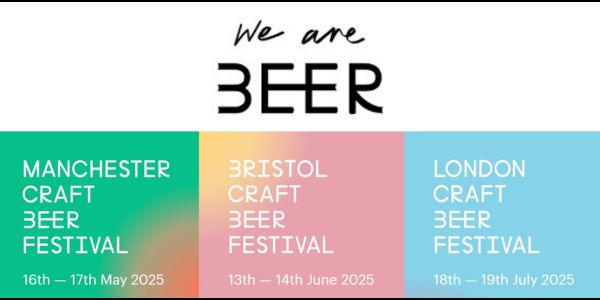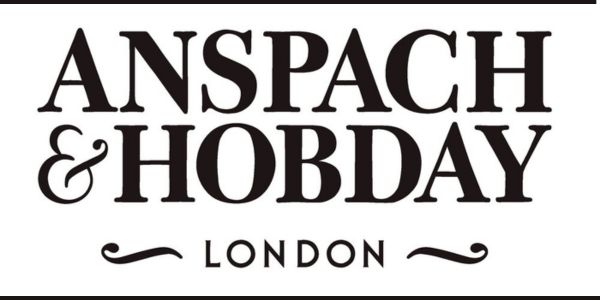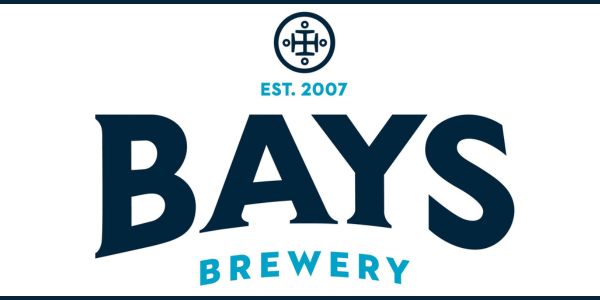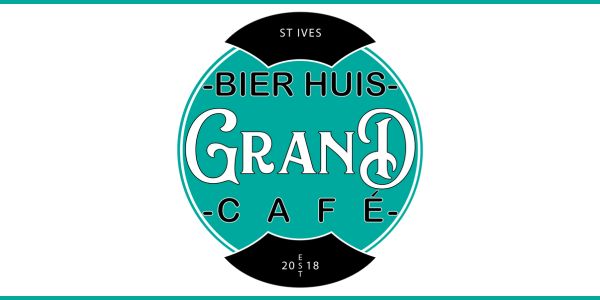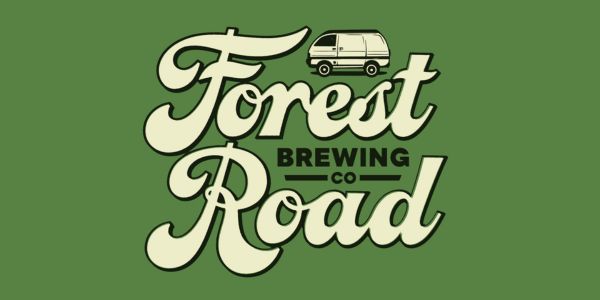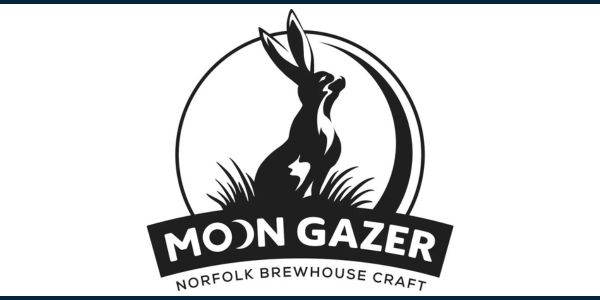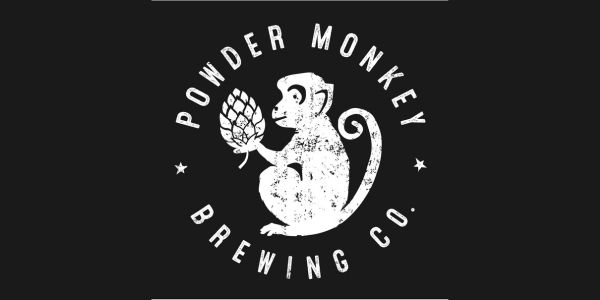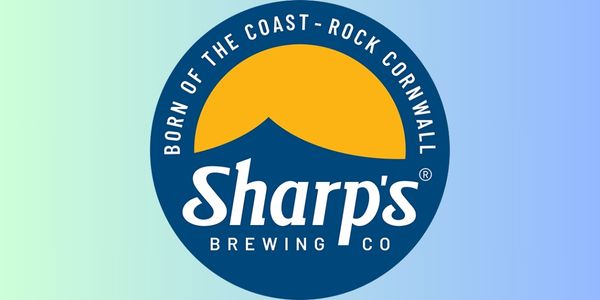Easter is just around the corner and you know what that means — chocolate! says Lotte Peplow, the Brewers Association’s American craft beer ambassador for Europe.
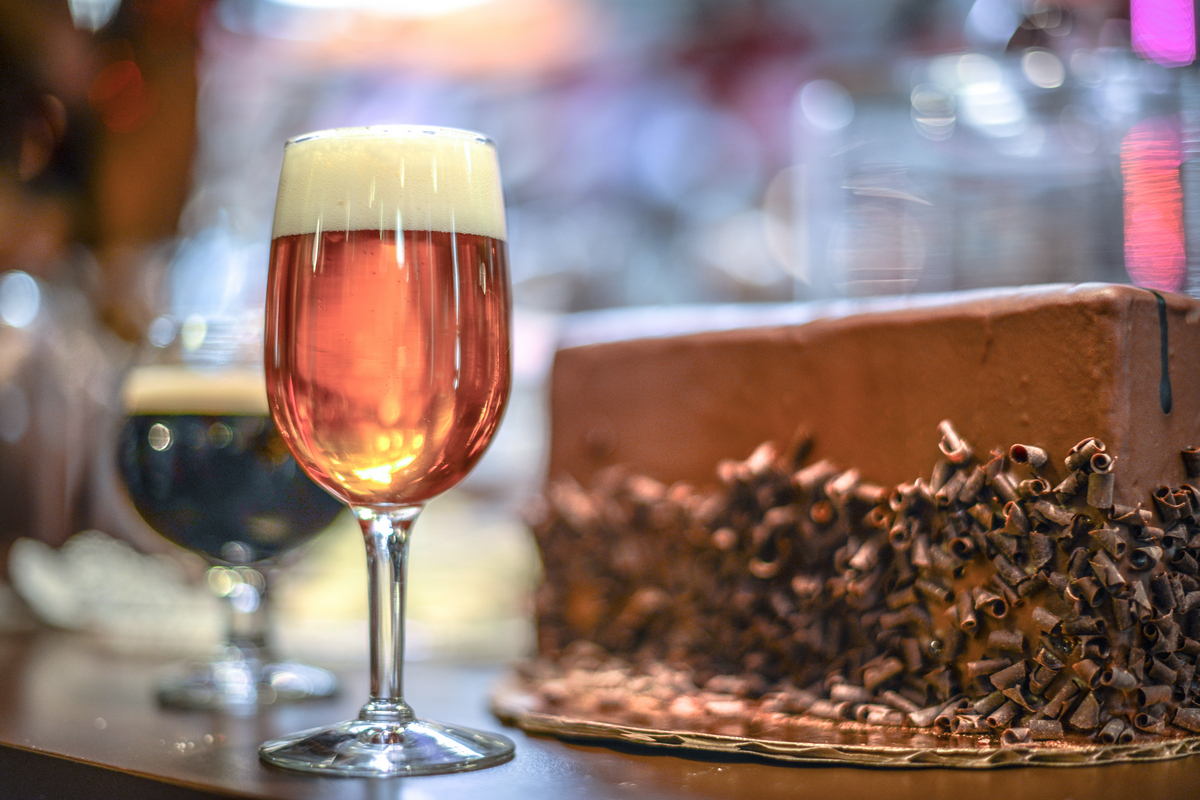
Photographs: Brewers Association
Chocolate has been used to celebrate Easter since the 19th century, when chocolatiers in France and Germany started producing chocolate eggs as an alternative to traditional painted eggs. Today, a staggering average of 80 million Easter eggs are sold in the UK annually!
Who doesn’t love an Easter egg made of decadent dark, luscious milk or creamy white chocolate? But there’s a way to elevate your chocolate experience to a whole new level… by pairing it with American craft beer! Yes, that most versatile of beverages offers a vast flavour spectrum that provides an ideal partner for almost any chocolate, with or without added ingredients.
As with most pairings, the key to success is to follow basic guidelines:
- match intensity of beer with intensity of chocolate
- look for flavours that contrast and complement, for example bitterness, saltiness, or sourness versus sweetness
- harness the power of beer’s carbonation to cut and cleanse the palate, particularly appropriate with a rich, creamy chocolate
- your mouth is the perfect temperature for melting chocolate and allowing flavour to develop. Always let chocolate melt on the tongue first and then taste the beer which should be chilled appropriately for the style
- aim for a pairing that allows you to taste all the flavours in the beer AND all the flavours in the chocolate.
Let’s look at four main categories of chocolate and suitable beer interactions.
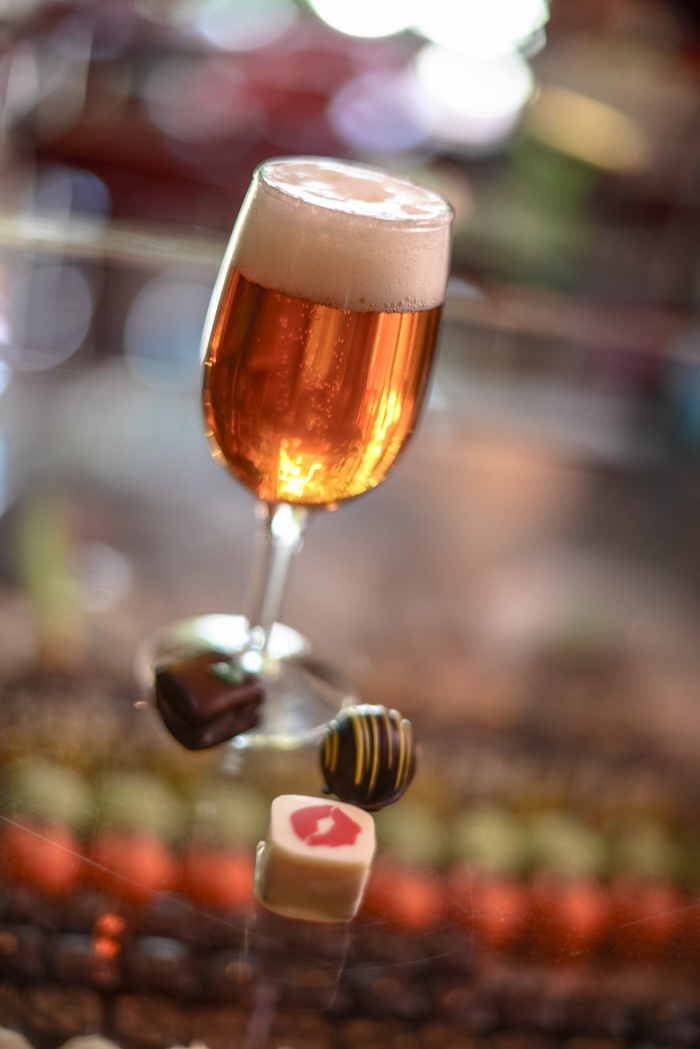
Very dark chocolate
Cocoa solids of 90-100% with no added sugar result in an intensely bitter, roasted chocolate.
Pair with: Pastry stout for sweetness, the tart acidity of a fruited lambic, Kriek or any sour beer for contrast.
Dark chocolate
Cocoa solids of 70-80%. Sugar and cocoa butter may be added to give a slight sweetness and creamy mouthfeel. Rich, bitter, intense chocolate taste.
Pair with: Stouts and porters are the perfect pairing partner, due to their complementary rich, roasted, malty flavours. Also consider barley wine, dubbel, and anything barrel aged. These styles of beer tend to work well with chocolate containing other ingredients, eg coffee, spices, dried fruit, raspberry, cherry, chilli, or salted caramel.
Milk chocolate
Usually around 35-45% cacao solids, blended with sugar, vanilla, and sometimes lecithin, dried or condensed milk, or cream (must have at least 12% milk solids). The result is a sweeter, lighter coloured, mild taste, with less intense bitterness than dark chocolate.
Pair with: Milk chocolate is creamy and smooth, so pairs well with beers that have a malty, caramel, toffee, or nutty character, such as brown ale, amber ale, or milk stout made with lactose to sweeten flavour and add creaminess to the body. These beers will enhance and complement the smooth, rich, less-bitter flavour of milk chocolate.
White chocolate
Technically, this is not chocolate at all because it does not contain any cocoa solids and does not taste like other types of chocolate. Instead, it usually contains 20% cocoa butter, sugar, 14% milk solids, and at least 3.5% milk fat, lecithin and vanilla. The cocoa butter, sugar, and milk solids give a super-smooth, sweet, creamy texture, with no bitterness in the flavour. It pairs well with light, fruity beers, and a few surprise ones!
Pair with: Wheat beer for its complementary banana, clove, and citrus notes. Fruit lambic’s tart, jammy, fruit flavour will cut through the creamy richness to balance flavour and cleanse the palate. Despite its alcohol strength, the fruity esters, honey sweetness, and light spice of a tripel will pair perfectly with the sweetness of white chocolate.
But what about other popular styles, such as lager or IPA? Lager, with its light body and flavour, can be difficult to pair as the sweetness and creaminess of chocolate tends to overpower the more delicate and nuanced notes found in styles like Pilsner or Helles. IPAs, on the other hand, that are low in bitterness but high in tropical hop fruit notes, such as the hazy/juicy style, will pair well with chocolate containing similar flavour characteristics. Think milk or white chocolate infused with orange, passion fruit, mango, coconut, ginger, and many more for a dynamic pairing.
American craft brewers are renowned for their ground-breaking creativity, relentless innovation, and unswerving commitment to quality. They seek to push the boundaries of flavour and create excitement with new ingredients, new techniques, and new taste experiences. So this Easter crack open a can and a (chocolate) egg and let your tastebuds decide!
Last chance!
Last call for Craft Brewers Conference & BrewExpo America, from 28th April to 1st May in Indianapolis — the largest industry-only gathering in the States. Attendees will hear from a wide range of speakers during seminars across 12 different educational tracks. More than 550 exhibitors will be displaying the latest and greatest product innovations. The conference culminates with the awards ceremony for the World Beer Cup.
In the UK, American craft beer is available from selected national wholesalers for the trade and online retailers such as Athletic Brewing, Sierra Nevada shop, Brew Export, Beers of America, Cave Direct, and Beer Merchants, selected bottle shops, off-licences, online subscription services, and supermarkets, and man pubs and bars.
The Brewers Association publishes a wealth of resources to understand and enjoy craft beer, downloadable free of charge from brewersassociation.org.
About the author
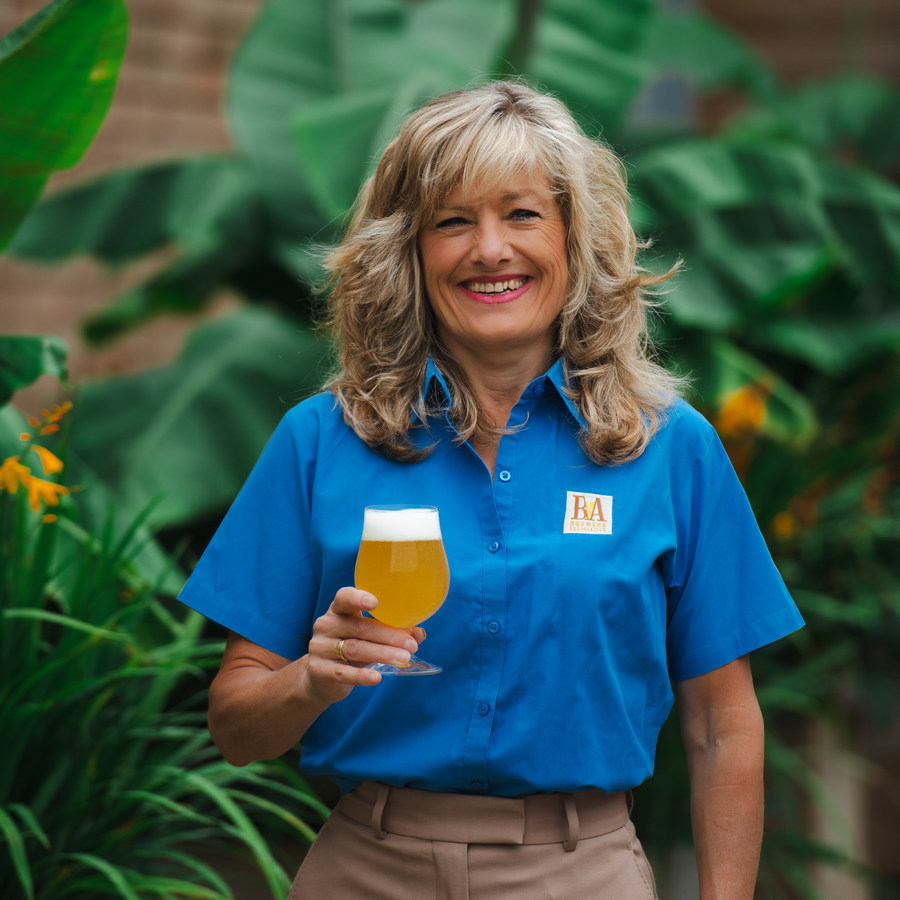
Lotte Peplow is the American Craft Beer Ambassador for Europe for the Brewers Association and is based in London. She is a certified cicerone, BDI-accredited beer sommelier, beer writer, author, beer communicator, international beer judge, homebrewer, and beer lover.

